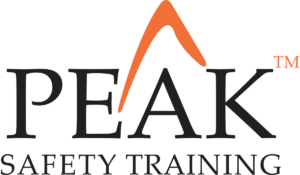The Lockout/Tagout (LOTO) course focuses on the proper procedures for isolating energy sources during maintenance or repair work.

Is There a Difference Between Lockout & Tagout?
Although “lockout” and “tagout” are usually used within the same context, there is a difference between the two terms. “Lockout” refers to when an energy source is physically isolated from the machinery that uses it.
An example of lockout would be turning off and locking a circuit breaker to ensure there is no power source to a particular piece of equipment. “Tagout” refers to the process of ensuring a tag or label communicating the status of a given piece of equipment or machinery is affixed to it.
Why Lockout/Tagout Training is Important
Protects Workers: Lockout/Tagout safety training can help prevent injuries by teaching workers how to properly lock and tag out equipment during servicing or maintenance activities. Ensures Compliance: Many regulatory bodies require companies to provide lockout/tagout training to their employees. Failure to comply with these regulations can result in fines and penalties.
Reduces Downtime: Proper lockout/tagout procedures can also reduce equipment downtime by preventing breakdowns caused by improper servicing. Improves Workplace Safety Culture: Investing in lockout/tagout safety training demonstrates a commitment to workplace safety and can help create a safety culture within an organization.
Lockout/Tagout Courses
Investing in Lockout/Tagout safety training is critical for any workplace where machinery or equipment is serviced or maintained.
By providing employees with the necessary training and knowledge, you can create a safer and more efficient workplace for everyone. Contact us today to learn more about our Lockout/Tagout safety training courses.
Empowering Safety Training Through Online Education
Peak Safety Training provides you with a quick and effective solution for online safety training. With over 10,000 courses in five languages to choose from, you can take online courses when and where you want. Start your training now!
© 2025 coursetakers.com All Rights Reserved. Terms and Conditions of use | Privacy Policy